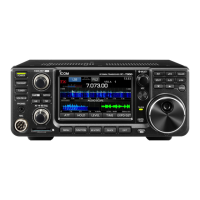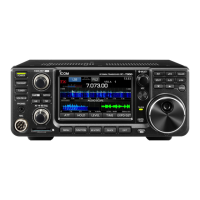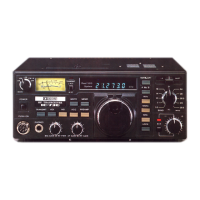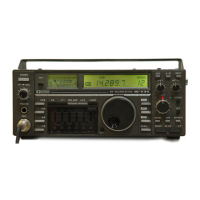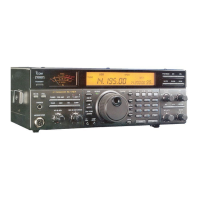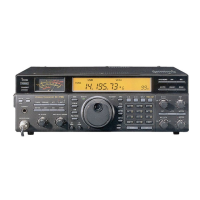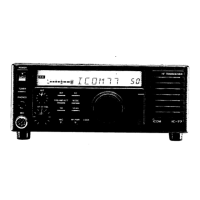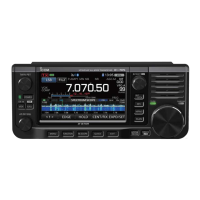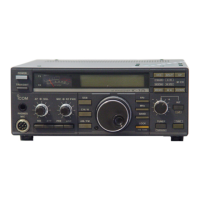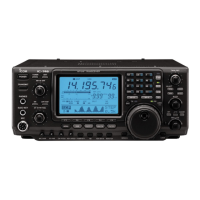Why can't I contact another station with my Icom Transceiver?
- VVanessa MillerSep 2, 2025
If you cannot contact another station with your Icom Transceiver, even though receiving and transmitting appear successful, the Split function may be activated, causing transmit and receive frequencies to differ. Push the SPLIT button to turn OFF this function. Alternatively, the RIT function or the ?TX function might be ON, also setting different receive or transmit frequencies; push RIT or TX to turn OFF these functions.
